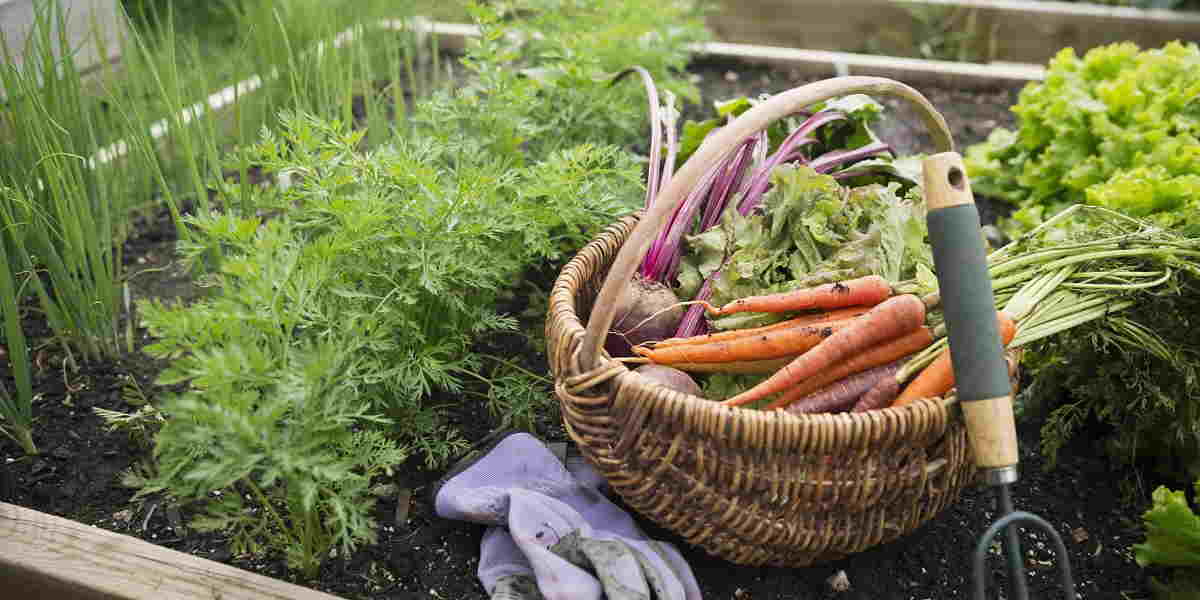Most of us are familiar with the most common landscaping designs today. Low maintenance tends to be the aim of the game, along with privacy and drought tolerance.
However, what may surprise you is that today’s landscape trends can be incredibly different from those from several decades ago. From grand entrances to extensive rose gardens, here is some surprising information you may not have known about the landscaping trends of our past.
Grand Property Entrances
When you meander down your average suburban street, you mostly see fence after fence, with the occasional tree and mailbox for good measure. We don’t blink an eye to this property appeal, but it used to look much, much different in many parts of the world.
It wasn’t uncommon for the front lawn of any home to be a grand entrance to the property. The homeowner may have put time into installing bird feeders and birdhouses, along with fish ponds, rock gardens, and boxwood hedging. Maintenance was a full-time job, but what better way to welcome guests to your home?
Large Rose Gardens
Rose gardens remain popular today, but perhaps not as much as they used to be during the 1930s. Those large, grand property entrances were not as desirable during the 1930s due to the financial implications of the Great Depression. Not everyone had spare money for landscaping.
So, a new trend was emerging. Homeowners were planting inexpensive but gorgeous rose gardens, along with vibrant plants like lilacs and hydrangeas. They were vibrant and eye-catching but required much less time, money, and effort than previous preferred landscaping options.
Vegetable ‘Victory’ Gardens
Vegetable gardens are still widespread throughout the world, but they became particularly popular in Australia during World War II.
Food shortages were having a significant impact on the Australian home front, with labour shortages, droughts, and seed stock and fertiliser importation shortfalls. As a result of these issues, households were encouraged to grow their own vegetables to support the war effort.
Neighbourhood gardening groups were formed, public parks became vegetable gardens, and homeowners gave up the aesthetic appeal of their properties for a more functional purpose.
Sprawling Lawns
You won’t find too many people who don’t love looking at a perfectly mowed lawn. It’s pleasing to the eye, smells gorgeous when cut, and provides plenty of space for fun activities.
However, it wasn’t until the 1950s that people truly came to appreciate a beautiful lawn. Homeowners were starting to put effort into perfecting those stripes and growing boxwood hedges to border their perfectly manicured, lush grass.
Complex and Eye-Catching
With the invention of computer-based design in the 1980s, more and more homeowners started toying with landscape designs on their computers. They realised that they could bring a design to life on their computer to see if it worked with their home design before actually going ahead with it. This saw an increase in unique and jaw-dropping landscape designs brought to life by DIYers and landscaping companies alike.
Today, we can enjoy an eclectic mix of landscape designs to suit a wide range of homeowners. However, it’s incredible to see just how much has changed over time. Who knows, we may still yet see a shift back towards expansive vegetable gardens, sprawling lawns, and grand entrances in the future.

